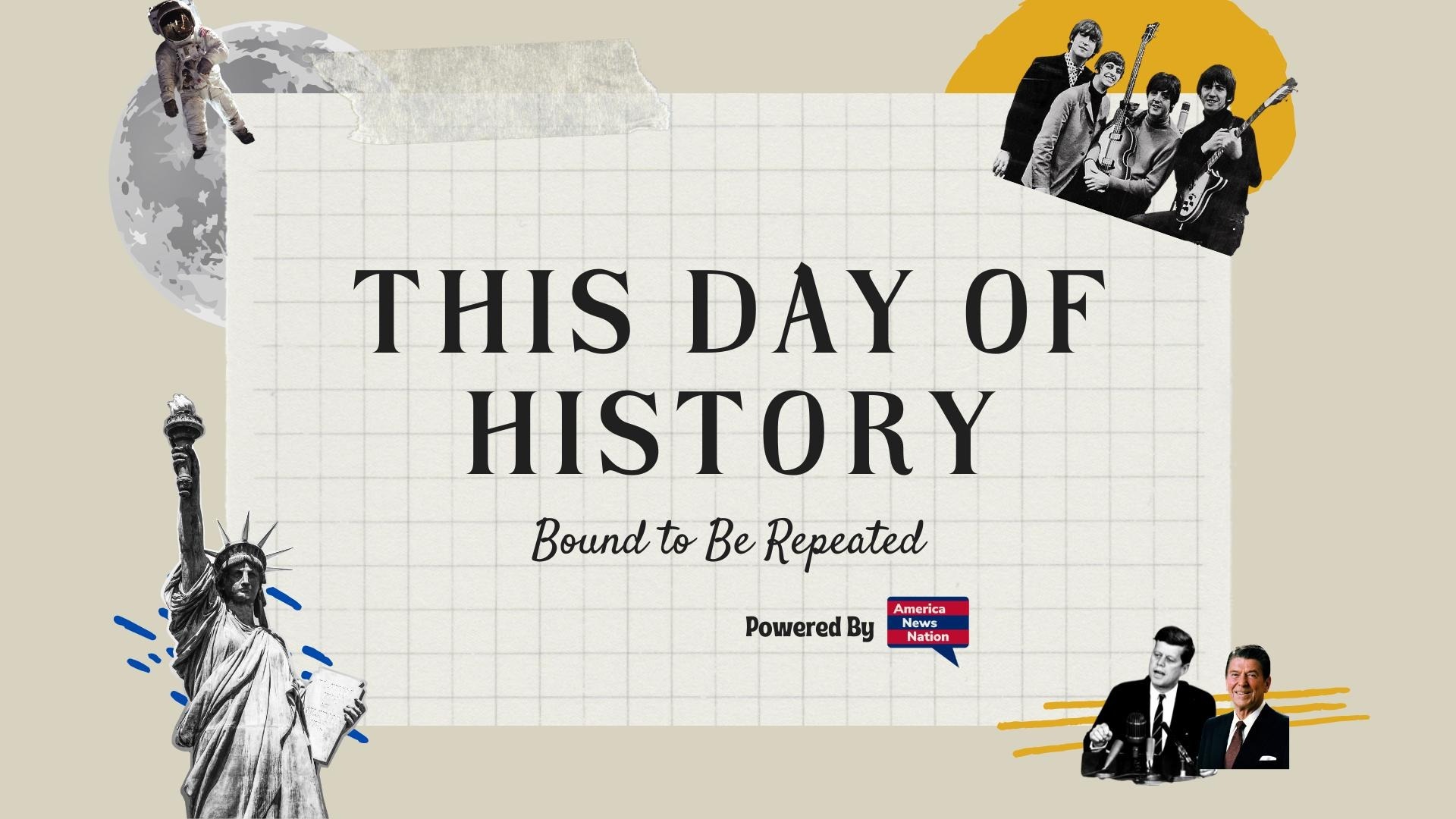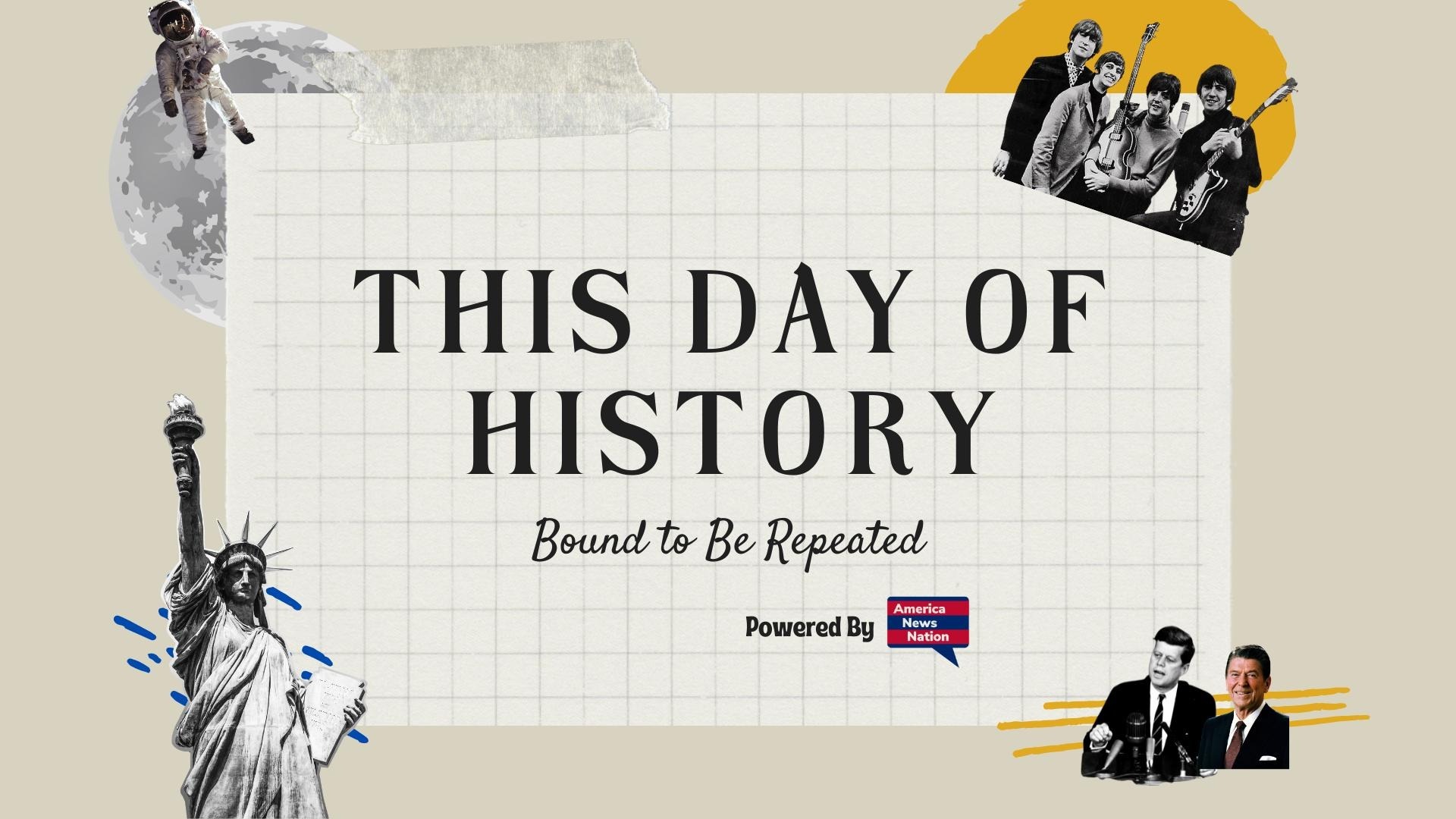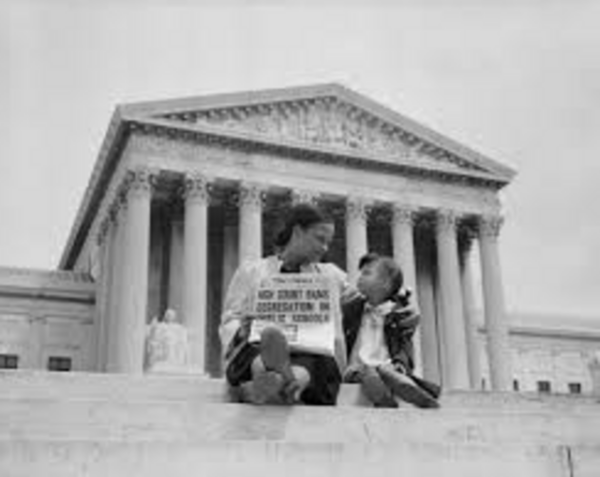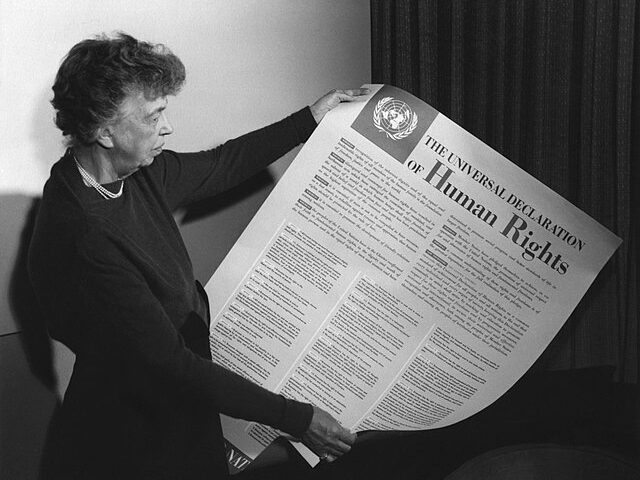On May 17, 1954, the United States Supreme Court issued its most far-reaching pronouncement on the nature of constitutional equality since Reconstruction—a unanimous decision in Brown v. Board of Education of Topeka, which categorically repudiated the legal fiction of “separate but equal” and declared racial segregation in public education inherently incompatible with the Equal Protection Clause of the Fourteenth Amendment. With this ruling, Chief Justice Earl Warren’s Court did not merely overturn Plessy v. Ferguson (1896); it dismantled the jurisprudential scaffolding of Jim Crow and reasserted the Court’s authority to shape the moral architecture of American constitutionalism.
The genesis of the case lay in the indignities endured by African American schoolchildren, particularly one Linda Brown, who, at the age of eight, was compelled to travel across Topeka’s rail yards to attend a distant and under-resourced Black school—despite the existence of a whites-only school mere blocks from her home. Her father, Oliver Brown, joined with other plaintiffs in a class-action lawsuit against the local board of education, catalyzed and coordinated by the NAACP Legal Defense and Educational Fund under the strategic direction of Thurgood Marshall. Yet Brown was not a single case, but a consolidation of five lawsuits arising from jurisdictions as diverse as Delaware, Virginia, South Carolina, and the District of Columbia—each exposing the systematic inequality embedded in supposedly neutral educational policy.
What emerged from these cases was not simply a legal argument but a frontal assault on the philosophical premises of Jim Crow. At the heart of the litigation stood a deceptively simple claim: that segregation, no matter how superficially “equal,” stamps Black children with a badge of inferiority and, in so doing, renders the constitutional promise of equality a cruel illusion. Drawing upon the psychological research of Dr. Kenneth Clark, the plaintiffs demonstrated not only the material disparities between Black and white schools, but the corrosive psychological impact of enforced racial hierarchy—a hierarchy sanctified by law.
The Court’s opinion, delivered with studied restraint but unmistakable clarity, declared that “in the field of public education, the doctrine of ‘separate but equal’ has no place. Separate educational facilities are inherently unequal.” The legal conclusion was unambiguous, but the cultural and constitutional implications were revolutionary. In striking down segregation, the Warren Court invoked not just textual interpretation but a broader moral jurisprudence rooted in the evolving standards of equality and citizenship. It was not merely that separate schools failed to meet some quantitative threshold of parity; it was that segregation itself—by its very nature—contravened the dignity, autonomy, and full membership of Black Americans in the civic order.
It was a cultural earthquake.
That the decision was unanimous was no accident. Chief Justice Warren, understanding the magnitude of the constitutional rupture, labored to produce a single voice for the Court—an institutional gesture designed to signal the moral clarity and authority of the judgment. Yet despite this unity, the Court refrained from mandating immediate implementation. In Brown II (1955), it called for desegregation to proceed “with all deliberate speed”—a phrase whose ambiguity would invite nearly a decade of massive resistance, legal evasion, and, in some quarters, violent defiance.
Indeed, the backlash to Brown revealed the enduring strength of segregationist ideology, particularly in the American South, where school closures, legislative obstruction, and outright defiance became tools of delay and defiance. Federal troops were dispatched to enforce court orders in Little Rock in 1957; civil rights organizers, parents, and children endured harassment and threats merely for asserting rights vindicated by the nation’s highest tribunal. The slow and halting pace of integration underscored the limits of juridical fiat in the face of entrenched social customs and institutionalized racism.
And yet Brown endured—less for what it immediately accomplished than for what it irrevocably signaled: the Constitution would no longer be marshaled as an instrument of racial exclusion. The decision furnished both the legal precedent and the moral impetus for the civil rights movement that followed. It informed the legislative achievements of the 1960s—the Civil Rights Act, the Voting Rights Act—and reshaped the Fourteenth Amendment’s interpretive landscape, laying the groundwork for subsequent litigation on gender, disability, and language rights.






